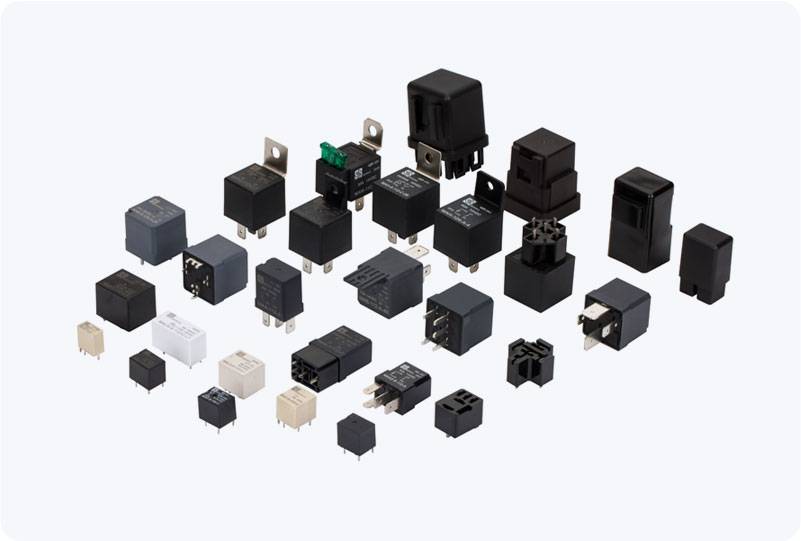li-ion battery relay: key to efficient power management in modern electronics
Release time:2025-05-04 02:53:24
In the world of modern electronics, efficient power management is crucial for the optimal functioning of devices. One component that plays an essential role in ensuring the smooth operation of battery-powered systems is the Li-ion battery relay. These relays are integral in managing the connection between the battery and the rest of the electronic circuit, allowing for controlled power distribution and safeguarding the battery from issues such as overcharging, over-discharging, and thermal runaway. This article will explore the significance of Li-ion battery relays, their working mechanism, and their importance in various applications, particularly in the context of power management in devices.

Understanding Li-ion Battery Relays
A Li-ion battery relay is an electrical switch that uses an electromagnetic coil to open or close a set of contacts. The relay is activated when an electrical signal is sent to the coil, which either allows or disconnects the current from the battery to the device. These relays are designed to function as intermediaries between the battery and the rest of the electronic system, facilitating the charging and discharging process in a controlled manner.
The primary role of a Li-ion battery relay is to ensure that the battery is connected or disconnected at appropriate times. It plays a vital part in optimizing the charging cycle, ensuring that the battery is not subjected to harmful conditions like over-voltage, which could damage the battery or reduce its lifespan. Additionally, Li-ion battery relays often feature fail-safe mechanisms to protect the battery from overheating or excessive current, ensuring the safety and longevity of the battery.


